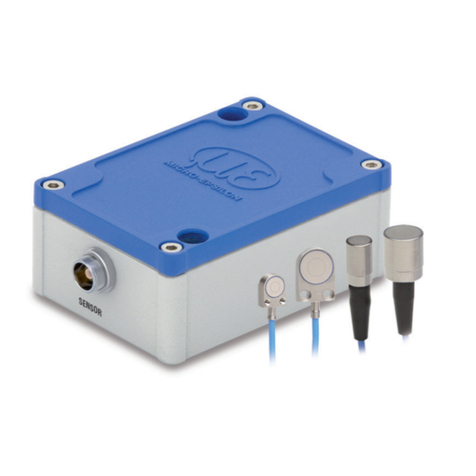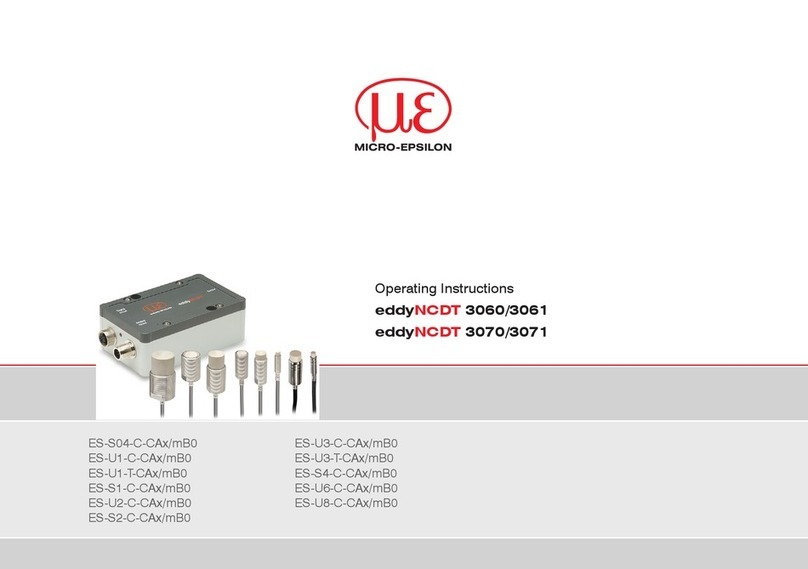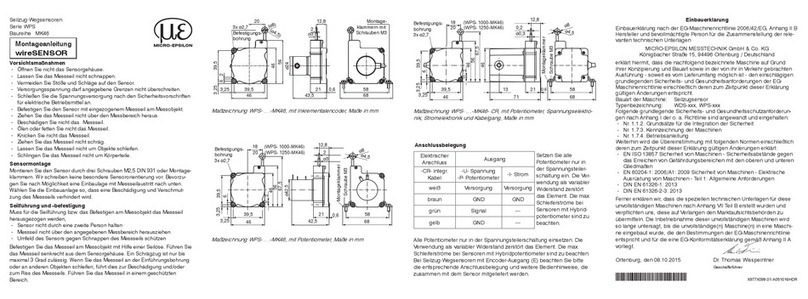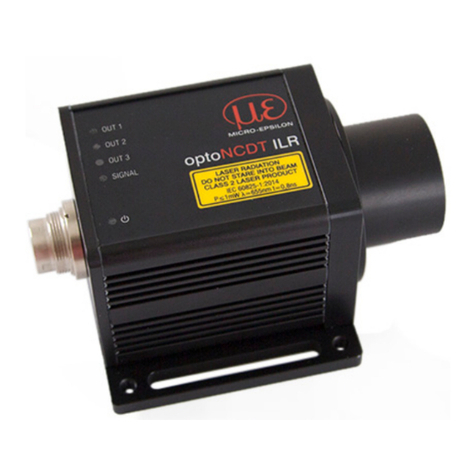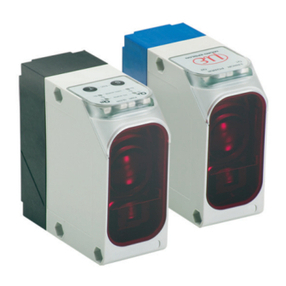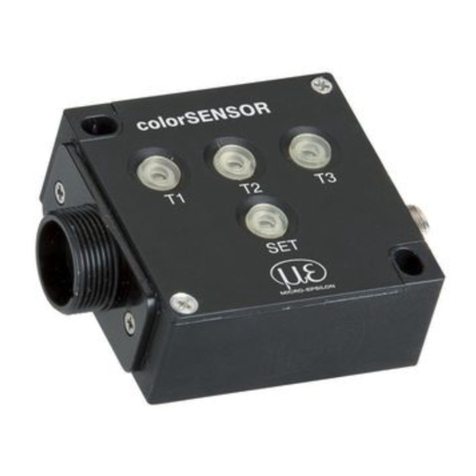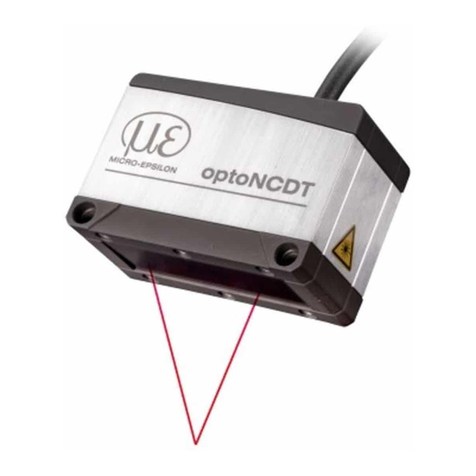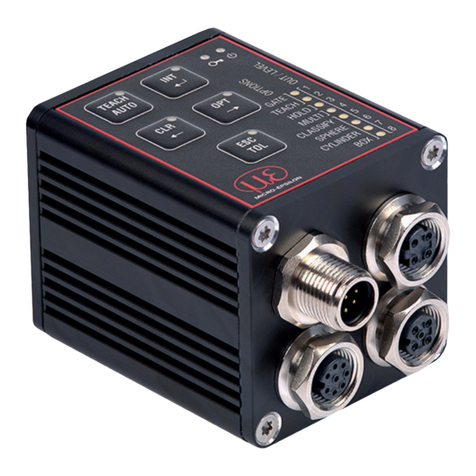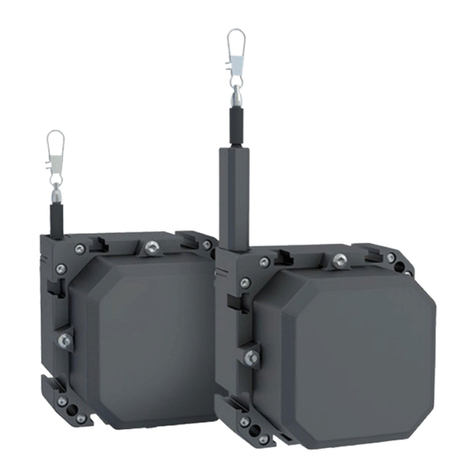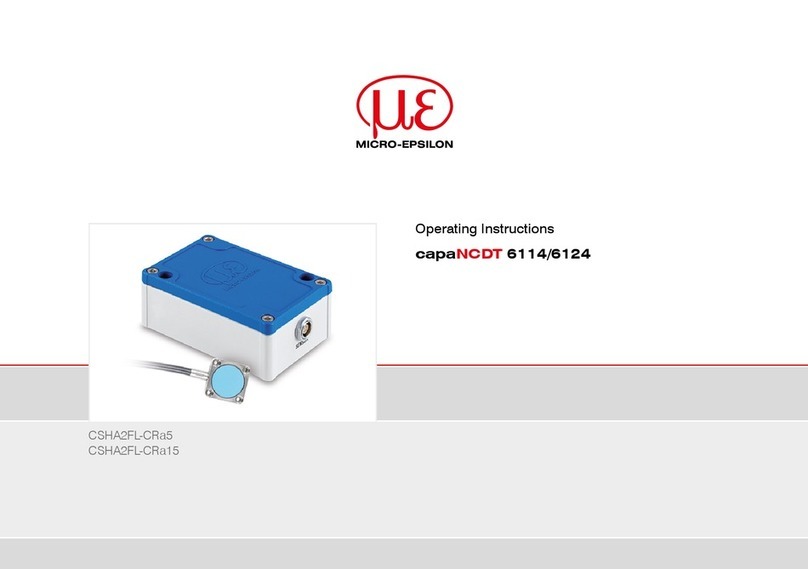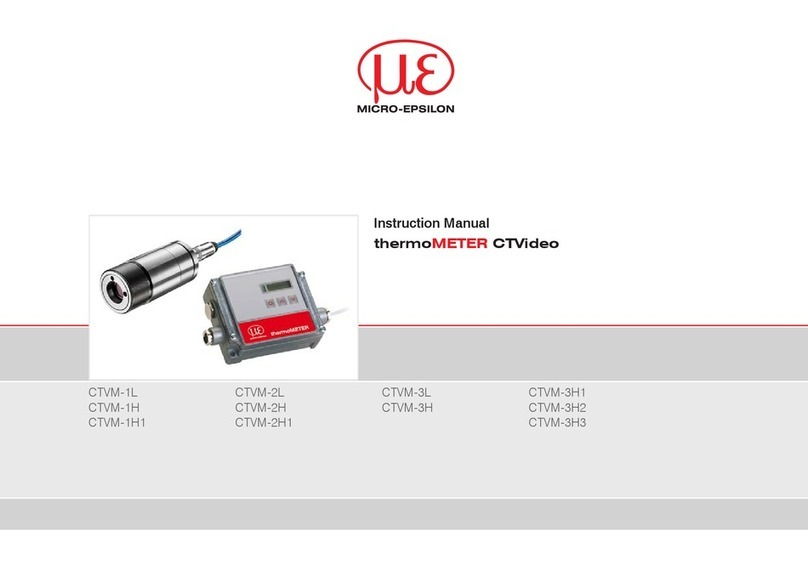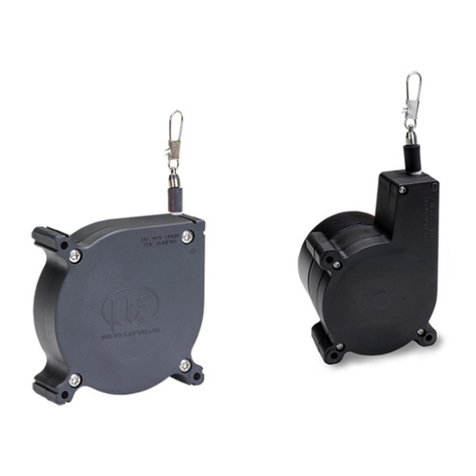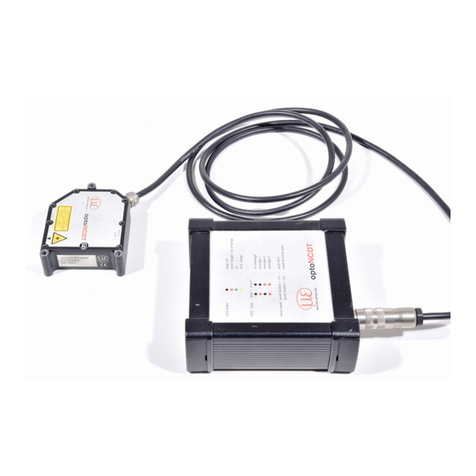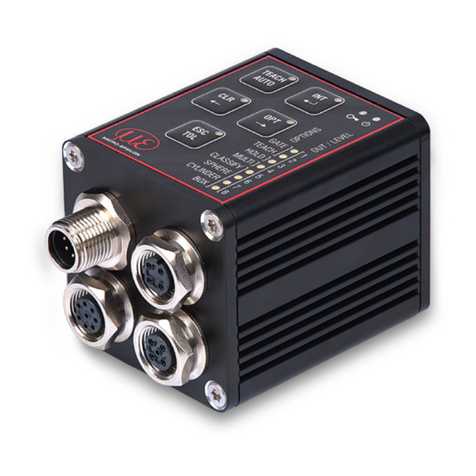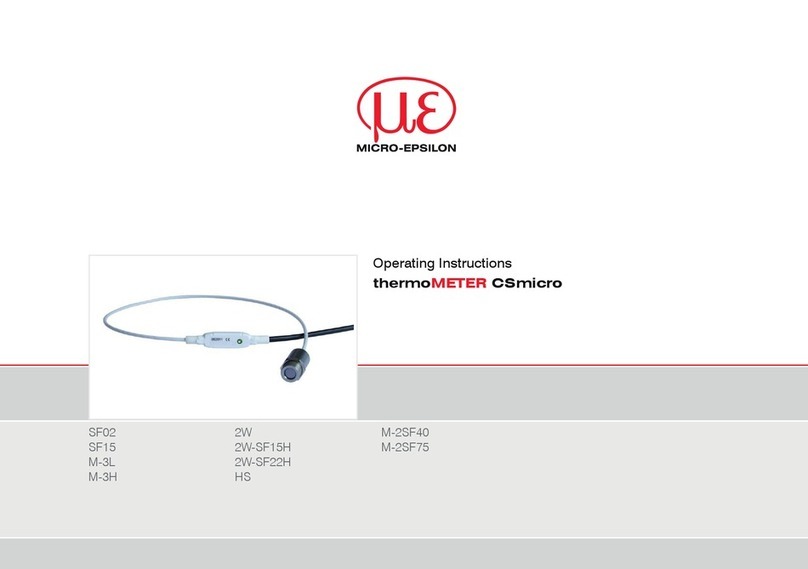ILD1700 Tool
___________________________________________________________________________
Micro-Epsilon Page 8
4.1.1.2 COM Port
The ort that should be used to communicate with. Available orts are
COM1 to COM16. The device manager shows which orts are installed and
eventually which devices are using them.
4.1.2 Sensor Parameters
4.1.2.1 Baud Rate
This arameter determines the communication baud rate of the controller.
When writing the arameters to the controller (see button ‘Write Configuration
To Sensor’) first all others arameters are written and at last, the baud rate is
changed. A different baud rate requires disconnecting and reconnecting to
the controller, which is executed automatically. All subsequent
communication will use that new baud rate.
4.1.2.2 Measurement Frequency
Determines the maximal ossible ex osure time (e.g. at 2.5kHz the max.
ex osure time is 0.4 ms). Available sam ling rates are: 2.5kHz, 1.25kHz,
625Hz, and 312.5Hz. However, these sam ling rates do not always match
the data rate, because the baud rate, the transfer mode and the
synchronization do have some effect on it. The effective data rate can be
viewed in the section ‘Sensor Information’ after executing the ‘Read Sensor
Info’ button (see Sensor Information). The sensor manual contains a table that
shows more on that.
4.1.2.3 Output Type
The mode ‘RS422’ activates the digital data out ut. The items ‘4 20mA’ and
‘0 10V’ activate the analog data out ut ( in 13). The limit out uts ( in 7 and
8) work in analog mode only.
4.1.2.4 Synchronization
Determines the synchronization method with other ILD1700 sensors. The
modes ‘Slave’ and ‘Master Sync Alt ’ affect the data rate. See the sensor
manual for more on that.
4.1.2.5 Average Type
Available averaging modes are: Recursive, Moving, Median.
4.1.2.6 Average Number
The higher the averaging number the smoother the signal will look, but a high
averaging number may im air the measured signal.
4.1.3 Calibration
Dis lays whether the sensor was mastered or set to mid- oint. Both actions
can be executed only by the ‘Zero’ button on the sensor.
Mid-point: When the sensor is in Error Mode the Zero button on the housing
commands the sensor to use the current distance as mid- oint (5V or 12mA)
of the measurement range which only affects the analog data out ut.
(This works similar to the ‘Set Zero’ function in the included Data Acquisition
rogram, which just calculates an offset on the digital measurement values.)
Mastering: When the sensor is in Switch Mode (also called Limit Mode) the
Zero button commands the sensor to set the currently measured value to the
Master Value. The master value can be set in the ‘Sensor Configuration’
